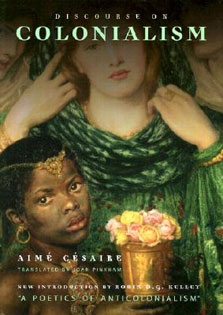About The Book
In front of a painting the spectator is continually being deceived. A fixed image has to convey an action or a mood; a canvas or a wall, two-dimensional...
Read more
surfaces, have to suggest a three-dimensional space. So that to establish the relation between the picture and its viewer a certain, complicity must be created. Only by delimiting its extent can we define what is meant by realism, illusionism, and lastly trompe-l'oeil. In its many shapes trompe-l'oeil painting has always been intended to mystify, to transcend and replace the illusion of reality by its certainty. To achieve its purpose, this form of art has been led to observe set rule and use a vocabulary of its own. Standing on the ill-defined borderline between reality and fiction, between art and artefact, trompe-l'oeil painting has often been regarded with some condescension. But it is rich in a conceptual content which has continually changed; it is a mirror full of suggestive reflections, visually fascinating, both moralizing and indiscreet, provocative and ironical, strange and full of hidden meanings.
Hide more


